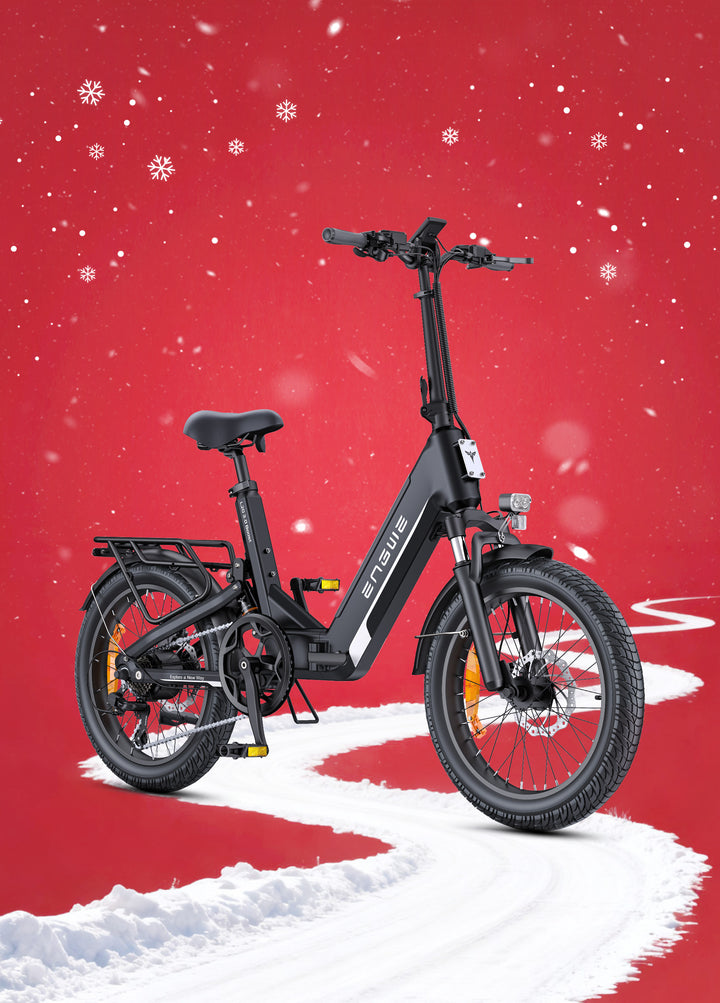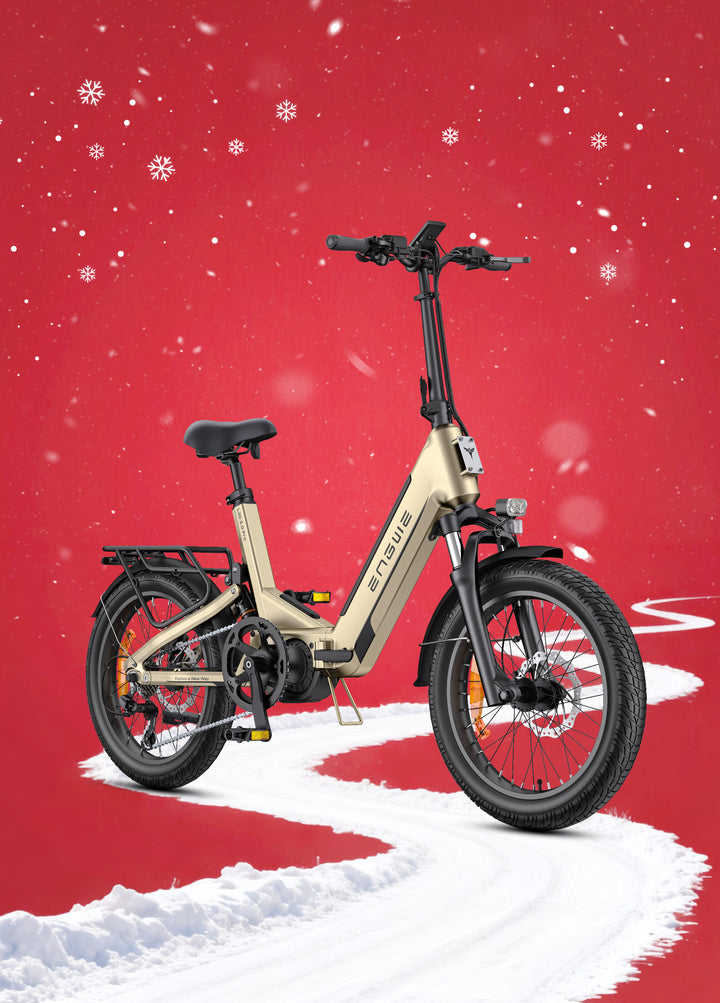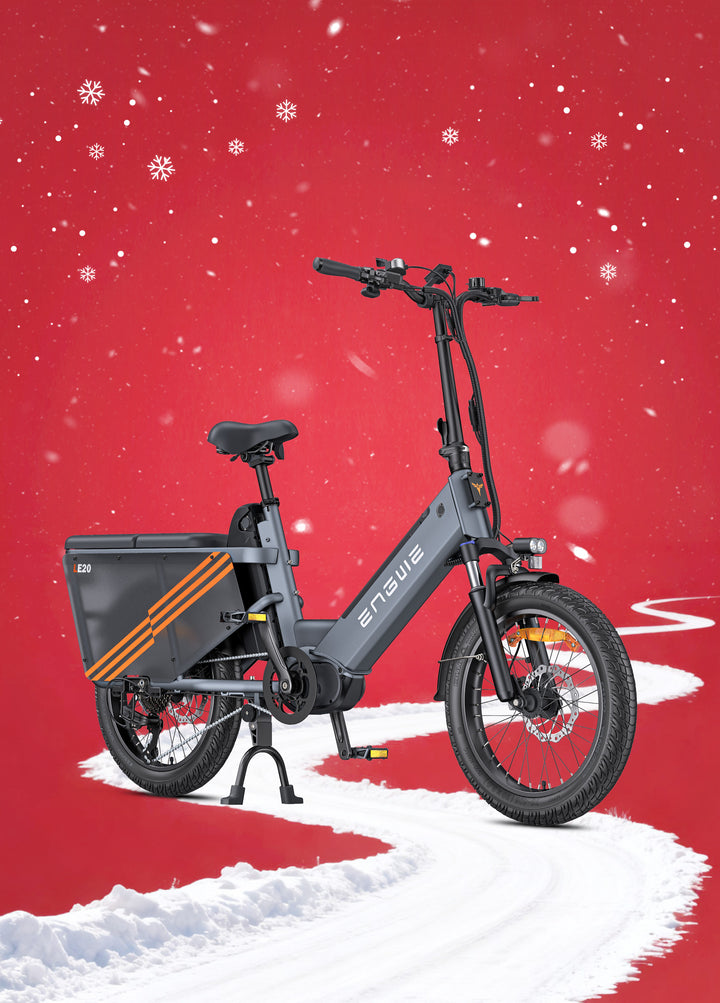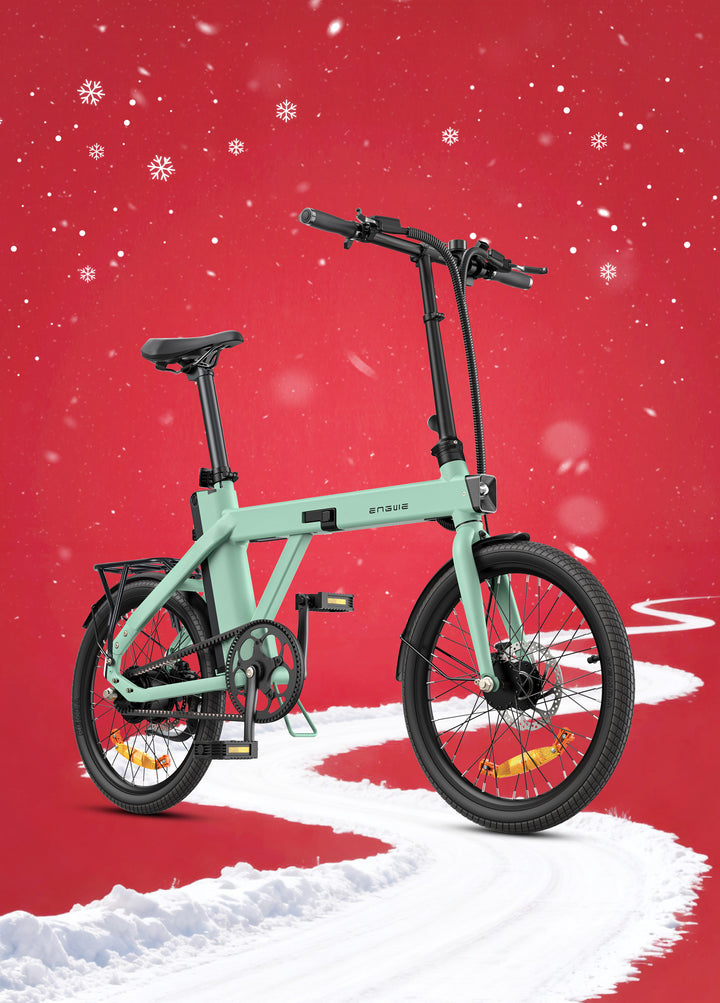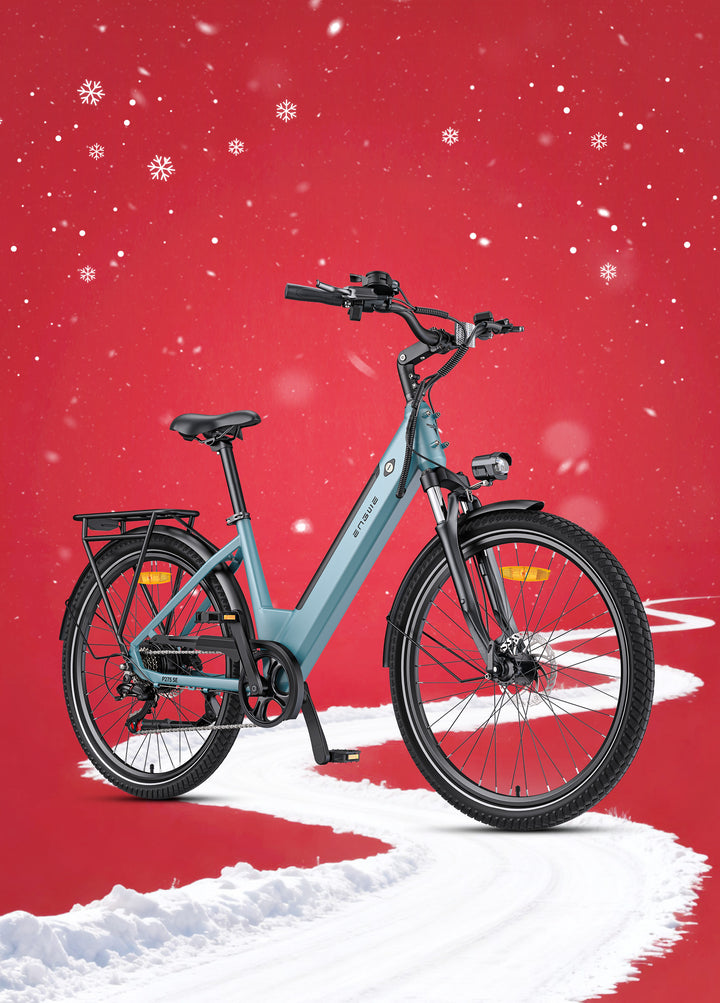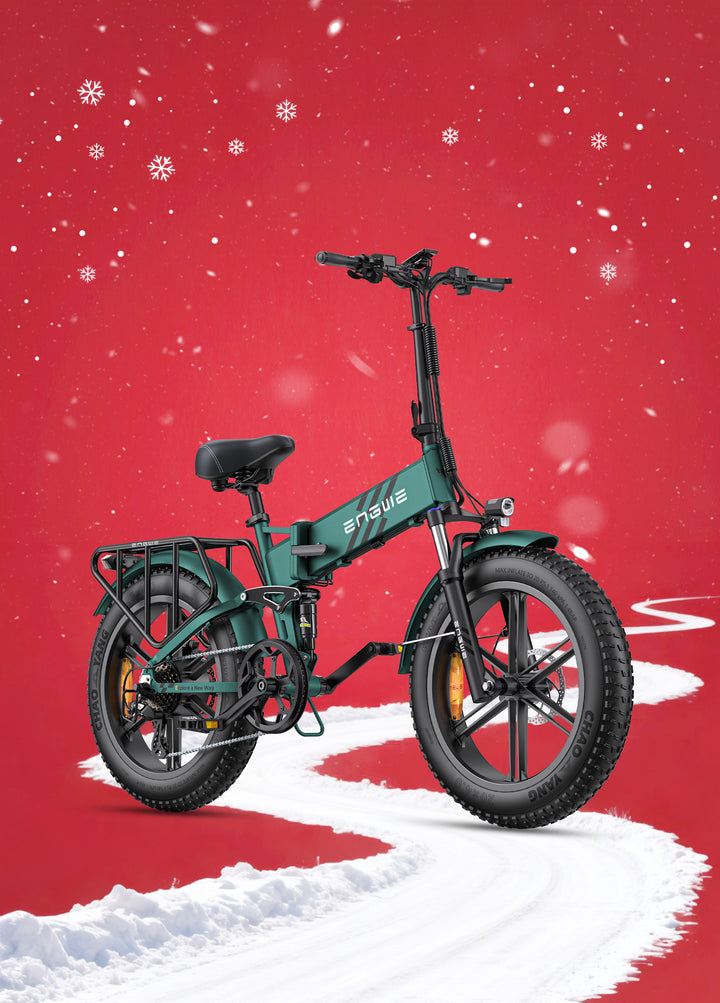Riding an e-bike in Europe is great, thanks to its growing popularity and widespread adoption. E-bikes are an environmentally friendly and sustainable option for transportation compared to cars. However, one has to be aware of the e bike law for multiple reasons, including ensuring total compliance and safety.
This guide summarizes the numerous electric bike rules in key European countries, giving you all the necessary information, in their simplest form, to enable you to ride legally and safely.
Now let's learn about e-bike laws and regulations in Germany, Netherlands, Italy, Spain, France, Poland, Austria, and Belgium, including speed limits, licensing, and road rules.
E-bike Classification in Europe
Most European countries have introduced their own e bike rules, and classified electric bikes. At present, Europe mainly divides electric bikes into three categories:
1. Pedelec
Pedelec, also known as Pedal Electric Assisted Cycles, is the most widely used type of electric bicycle in Europe at the moment. These bicycles are equipped with a pedal assist, have a motor that starts when the pedal is activated, and is able to help the cyclist to ride the e bike. They have a stable power of 250 watts, a speed limit of 25 km/h, and do not require any insurance or road tax.

2. Speed Pedelec
Speed Pedelec, or S-Pedelec, is a high-speed electric bike that provided pedal assistance, better performance, and faster speeds. These vehicles can have motors up to 4000 watts. However, according to the road rules for cyclists, riding these bikes in Europe required the use of a helmet, and a registration license, tax, and insuracne.
3. Throttle-Controlled E-bikes
Throttle-controlled e-bikes are electric bikes that can be powered using the throttle without pedaling, operating in a similar way to a motorcycle. Depending on their power output and speed capabilities, they are subject to different regulations. But generally speaking, riders who use them are subject to moped regulations, including registration, insurance, and the wearing of helmets.
If it is a throttle-controlled e-bike designed for off-road or private property use, then the rider may not need to comply with public road regulations, but cannot legally ride them on public roads.
| Categories | Pedelec | S-Pedelec | Throttle-controlled e-bikes |
| Motor Power | Up to 250 watts | Up to 4000 watts | / |
| Speed Limit | 25 km/h | 45 km/h | / |
| Throttle | Not Allowed | Allowed in some cases | Allowed |
| Registration | Not Required | Required | Required |
| Insurance | Not Required | Required | Required |
| Helmet | Not required, but recoomended | Required | Required |
Country-Specific Electric Bike Laws
As we delve into e-bike regulations, it's important to consider the country-specific laws that can significantly influence how e-bikes are used. Now let's take a look at some of the main cyclist road laws that some countries have for e-bike riders.
1. Germany
- Speed Limit: The maximum motor assistance for standard e-bikes is 25 km/h; the e-bike functions as a regular bike when it reaches the maximum pedal-assist speed. Speed pedelecs require insurance and a license.
- Helmet Use: Mandatory for speed pedelecs but not for standard e-bikes. But while this is the case, helmets are recommended for e-bikers, notwithstanding the e-bike type.
- Road Use: While e-bikes are allowed on bike lanes, speed pedelecs are prohibited for such locations. S-pedelecs must be used on regular roads.
- Age Restriction: One must be at least 15 years old to use a pedelec or speed pedelec in Germany.
2. Netherlands
- Speed Limit: The speed limit for standard e-bikes is 25 km/h.
- Helmet Use: While helmet use is compulsory for speed pedelecs, it is not mandatory for standard e-bike riders.
- Road Use: Standard e-bikes are treated as regular bikes, so they can use bike paths unless otherwise stated by local authorities. Speed pedelecs are permitted to use bike paths, though they must adhere to the necessary e-bike regulation.
- Age Restriction: E-bike riders in Netherlands should at least be 16 years old.
3. Italy
- Speed Limit: The maximum assisted speed for standard e-bikes is 25 km/h and 45 km/h for S-pedelecs. In addition, speed pedelecs are considered mopeds according to Italian e bicycle rules.
- Helmet Use: Helmets are mandatory for all speed pedelec riders and standard e-bikers under 18.
- Road Use: Standard e-bikes can be used on bike lanes and pedestrian areas. On the other hand, speed pedelecs are only permitted on regular roads.
- Registration: S-pedelecs require a moped license, registration, and third-party liability insurance. Standard e-bikes do not need any insurance or license.
- Age Restriction: Pedelec riders should be over 14 years, helmets are mandatory for drivers under 18 years.
4. Spain
- Speed Limit: Spain's e-bike legislation is relatively consistent with the EU framework, requiring maximum motor assistance of 25 km/h for standard e-bikes, with 45 km/h for s-pedelecs.
- Helmet Use: Helmet use is required for all speed pedelec users and all standard e-bikers using interurban roads.
- Road Use: Standard e-bikes are allowed on bike lanes and some pedestrian zones. Speed pedelecs must not be used in prohibited bike lanes.
- Lights: The Spanish electric bicycle law requires that users turn on their lights at night and during poor visibility conditions.
- Age Restriction: Spain requires that e-bike riders must be over 14 and wear helmets on suburban roads; S-Pedelec riders must be over 15 and hold a valid moped license.
5. France
- Speed Limit: It is 25 km/h for standard e-bikes, while s-pedelecs are classed as mopeds with a maximum speed of 45 km/h.
- Helmet Use: Helmet use is compulsory for all speed pedelec riders and standard e-bike riders under 12.
- Road Use: Standard e-bikes are allowed on bike paths, whereas speed pedelecs are restricted to regular roads.
- Insurance: Speed pedelecs need insurance, registration, and a moped license for riders who do not possess a driving license.
- Age Restriction: French electric bike legislation stipulates that people who ride pedelecs and speed pedelecs must be over 14 years old, and those who ride s-pedelecs must hold a valid moped license.

6. Poland
- Speed Limit: Based on the electric bike rules in Poland, the maximum pedal-assist speed for standard e-bikes is 25 km/h and 45 km/h for s-pedelecs.
- Helmet Use: Helmets are mandatory for speed pedelec riders, although they are not required for standard e-bike users. Nevertheless, wearing helmets is advised for those riding regular e-bikes.
- Road Use: Standard e-bikes are allowed on bike lanes and shared pedestrian paths.
- Age Restriction: One must be at least 14 years old to ride a pedal assist electric bike on Polish roads.
7. Austria
- Speed Limit: The maximum speed limit is 25km/h, the rated continuous power should not be higher than 250 watts, and the drive power is 600 watts.
- Helmet Use: The helmet is recommended but not compulsory.
- Road Use: If possible, the driver should be using the cycle path.
- Age Restriction: The minimum age to ride an e-bike is 12 years old unless you purchase a bicycle license.
8. Belgium
- Speed Limit: Belgium's legality of electric bikes is relatively relaxed. The maximum speed limit for 250W - 1000W electric bikes is 25 km/h.
- Helmet Use: Users of 250W - 1000W electric bicycles do not need to wear a helmet, but for safety reasons, it is recommended that you wear one.
- Road Use: Electric bicycles can be ridden on cycle paths and public roads, but they must comply with cyclist rules.
- Age Restriction: There is no age limit for standard e-bikes, but for S-pedelecs, you must be over 16 years old and hold a valid moped license.

Key Takeaways for E-Bike Riders in the EU
The EU has established various regulations governing e-bike usage, such as speed limits, helmet requirements, insurance, and road rules.
Although helmet use is highly recommended in most regions, it is not compulsory for all cyclists. In the EU, insurance is not required to ride a standard e-bike, but it is necessary to operate s-pedelecs.
E-bike riders are expected to use bike lanes or designated paths when possible. Obeying motor input and speed limits is also crucial in ensuring absolute compliance and safety. Verifying the local regulations is important before travelling with an e-bike in the EU.
Legal ENGWE E-bikes for European Riders
ENGWE has been paying attention to the policies and regulations of European countries on e-bikes, and has made timely adjustments to our products to provide compliant electric bicycles. If you want to get a legal and practical electric bicycle, you can consider the following three models.
1. ENGWE Engine Pro 2.0: This is a foldable electric bike with 250 watts and 75 Nm torque. In addition to the storage convenience brought by foldability, it is also practical because its 20*4.0-inch fat tire can cope with a variety of terrains, and the full suspension system can enhance the riding experience.

2. ENGWE L20: Equipped with a 250W motor and a top speed of 25km/h, this is an electric bicycle that fully complies with European regulations. Its durable lithium battery can last up to 140 kilometers on a single charge, and the step-thru frame design makes it easy for riders to get on and off. With it, you can freely travel on European streets, relax and enjoy life.

3. ENGWE M1: You can ride ENGWE M1 and take your partner or friend to travel on the streets of Europe with confidence because it is EN15194 certified. At the same time, it can ensure you have a good riding experience and protect your safety through designs such as hydraulic disc brakes and turn signals.

FAQ About E-bike Laws in Europe
1. Are e-bikes regulated in the EU?
Ans. Yes, the EU regulates electric bikes with e-bike cycling rules on the road. The main rules are that the motor cannot be higher than 250 watts and assistance is only available up to 25 km/h.
2. Are e-bikes legal in Germany/France?
Ans. Yes, electric bikes are legal in Germany/France, but you have to follow the rules and regulations related to electric bikes according to the laws in force here.
3. Do you need a license for an electric bike in Belgium?
Ans. No. You do not need a permit to use an e-bike in Belgium unless you use an S-pedelec.
4. What is the speed limit for Ebikes in Europe?
Ans. The speed limit for e-bikes in Europe is 25 km/h.
5. How old do you have to be to ride an ebike in Italy?
Ans. In Italy, you must be over 14 to ride an electric bicycle.
6. What is the EU law in EN15194?
Ans. EU law EN15194 provides a standard for assessing electric bikes of the type that fall under the health and safety criteria.
7. How to buy an e-bike?
Ans. You can buy an electric bike in two ways: through the offline flagship store or online store. If you buy it offline, you will have the opportunity to test ride and have the bike assembled with the help of the staff. If you choose to buy it in an online store, such as ENGWE Online Store, you will have more models to choose from and may get a better discount.
Final Words
Exploring strategic locations in EU countries on your e-bike promises an unforgettable experience. However, it's essential to be fully prepared beforehand.
A great starting point is familiarizing yourself with the different e-bike laws. This article provides a comprehensive summary to help you adhere to local regulations and steer clear of any issues.
Stay updated and ride confidently as you navigate the e bike law in the EU. And if needed, please visit the ENGWE catalogue to discover a selection of premium e-bikes that comply with EU regulations.
People also read:
Difference Between Belt Drive Vs Chain E-Bike: Pick the Right One for Riding
A Comprehensive Guide On How To Make An E Bike Faster Using Different Methods
What to Look for in an Electric Bike? Features to Consider for Making the Right Purchase
Explore the 5 Most Common E-Bike Types to Pick One for Buying

